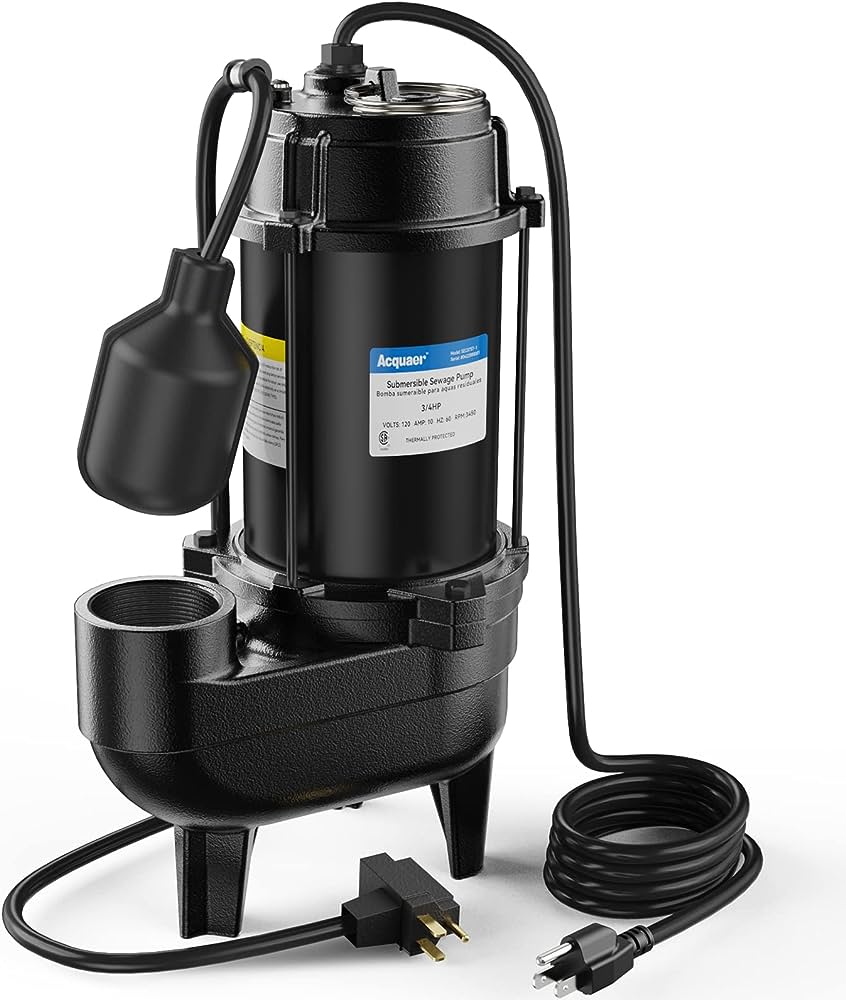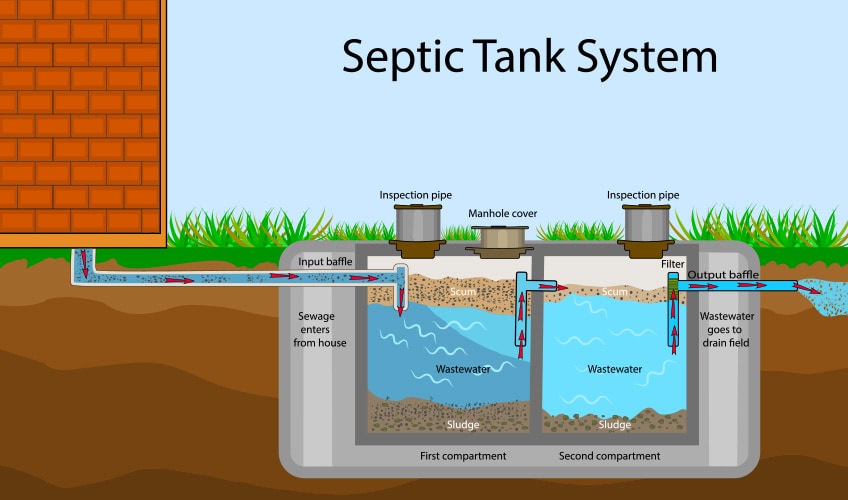In need of a submersible pump for your septic tank but not sure where to start? Look no further! “Submersible Pumps for Septic Tanks: A Comprehensive Guide to Choosing the Right Equipment” is here to help you make an informed decision. This guide covers everything from the different types of pumps available to the key factors to consider when selecting the right one for your septic system. Say goodbye to overwhelming options and hello to a hassle-free pump purchase process. Let’s dive in!
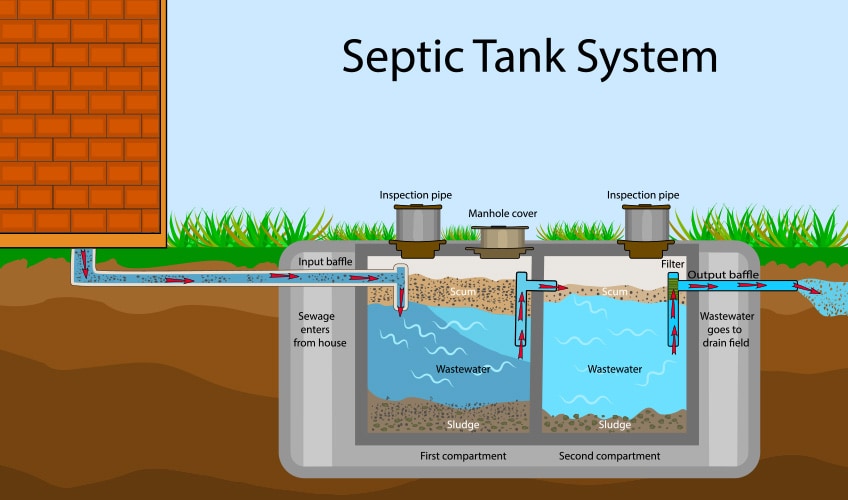
Understanding Septic Tanks
What is a septic tank?
A septic tank is an underground container that collects wastewater from your home and allows it to decompose naturally. It is an essential part of a septic system, which is a self-contained sewage treatment system commonly found in rural and suburban areas where there is no access to a centralized sewer system.
How does a septic tank work?
Septic tanks work by separating solid waste from liquid waste. When wastewater enters the tank, the solids sink to the bottom, forming sludge, while the liquids float to the top, forming scum. Bacteria inside the tank break down the organic matter in the waste, converting it into gases and sludge. The clarified wastewater, known as effluent, then flows out of the tank into the drain field, where it is further treated by the soil.
Importance of proper maintenance
Proper maintenance of a septic tank is crucial to ensure its optimal functionality and longevity. Regular pumping, inspection, and maintenance help prevent system failure, environmental contamination, and costly repairs. Neglecting your septic tank can lead to clogged drain pipes, sewage backups, foul odors, and even health hazards. By taking the time to understand and care for your septic system, you can avoid these issues and enjoy a trouble-free wastewater disposal system for years to come.
What are Submersible Pumps?
Definition and Purpose
Submersible pumps are specially designed pumps that are submerged in the septic tank or other water bodies. They are used to pump out effluent from the septic tank, ensuring a constant flow of wastewater to the drain field. These pumps are the heart of a septic system, as they play a crucial role in the overall functionality and efficiency of the system.
Advantages over other types of pumps
Submersible pumps offer several advantages over other types of pumps commonly used in septic systems. Firstly, being placed directly in the tank, they are less prone to clogging or damage caused by solids in the wastewater. Secondly, submersible pumps are more energy-efficient, as they operate at lower horsepower and consume less power compared to other types of pumps. Lastly, these pumps are quieter, as they are submerged in water and better insulated against noise transmission.
Factors to Consider When Choosing a Submersible Pump
Septic tank capacity
The first factor to consider when choosing a submersible pump is the capacity of your septic tank. The pump’s capacity should match the volume of wastewater your tank can hold. A larger tank will require a pump with a higher capacity to ensure efficient pumping and prevent overflow or backups.
Effluent level
The effluent level in your septic tank can vary depending on usage. It is essential to choose a pump that can handle the depth of the effluent and still perform effectively. Consider measuring the average effluent level in your tank to determine the appropriate pump.
Power requirements
Submersible pumps operate using electricity. It is crucial to ensure that your electrical system can handle the power requirements of the pump. Consult a professional electrician to assess your electrical capacity and make any necessary upgrades before installing a submersible pump.
Pump size and type
Submersible pumps come in various sizes and types, each designed for specific applications and pumping requirements. Consider the size of your septic tank, the distance the pump needs to lift the effluent, and other factors specific to your system when selecting the right pump size and type.
Pumping distance
The distance between the septic tank and the drain field is another important factor to consider. The pump should have the power and capacity to pump the effluent to the required distance without compromising the overall performance of the system.
Alarm system compatibility
Investing in a submersible pump that is compatible with a septic tank alarm system is highly recommended. An alarm system can alert you to any potential issues, such as high water levels or pump failure, allowing for timely maintenance and avoiding costly repairs.
Types of Submersible Pumps
Effluent pumps
Effluent pumps are specifically designed to handle the relatively clear and liquid portion of the wastewater. They are commonly used in septic systems to pump effluent from the septic tank to the drain field. Effluent pumps are typically smaller and have lower horsepower compared to other types of submersible pumps.
Sewage grinder pumps
Sewage grinder pumps are designed to handle higher volumes of wastewater and can grind down solid waste into smaller particles. These pumps are ideal for situations where the wastewater may contain solid waste or other debris that could clog traditional pumps. Sewage grinder pumps are more robust and have a higher horsepower rating.
Sewage ejector pumps
Sewage ejector pumps are capable of pumping both liquid and solid waste. They can handle larger volumes of wastewater and are commonly used in commercial or high-usage residential buildings. Sewage ejector pumps have the power and capacity to handle heavy loads and pump waste over significant distances.
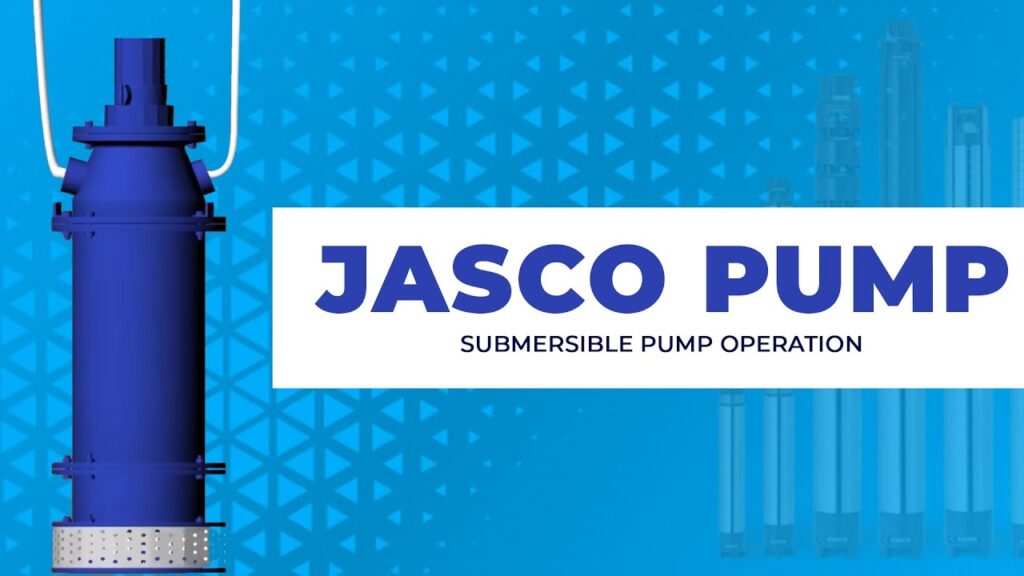
Choosing the Right Submersible Pump for Your Septic Tank
Evaluating your septic tank’s needs
To choose the right submersible pump for your septic tank, evaluate the specific needs of your septic system. Consider the factors mentioned earlier, such as tank capacity, effluent level, pumping distance, and power requirements. By understanding your system’s unique requirements, you can make an informed decision when selecting a submersible pump.
Consulting a professional
If you are unsure about which pump to choose or how to evaluate your septic system’s needs, it is advisable to consult with a professional septic system installer or technician. They can assess your system, recommend the most suitable pump, and ensure proper installation.
Researching reputable brands
Researching reputable brands of submersible pumps is essential to ensure the quality and reliability of the equipment. Look for well-established manufacturers with a good track record in the industry. Read customer reviews, check for certifications, and consider seeking recommendations from trusted sources.
Reading customer reviews
Customer reviews can provide valuable insights into the performance, durability, and overall satisfaction of a particular submersible pump. Take the time to read reviews from other customers who have purchased and used the pumps you are considering. Pay attention to feedback regarding noise levels, efficiency, and ease of maintenance.
Installation and Maintenance Tips
Hiring a professional installer
Installing a submersible pump requires technical knowledge and expertise. It is recommended to hire a professional septic system installer or plumber with experience in installing submersible pumps. A professional installation ensures that the pump is properly positioned, connected, and sealed to prevent leaks and optimize performance.
Proper installation process
During installation, make sure the pump is secured properly in the tank to prevent movement or damage. Ensure that the discharge piping is correctly connected to the pump and properly graded to allow for efficient flow of effluent. Test the pump and check for any leaks or abnormalities before covering the septic tank.
Regular inspection and maintenance
Regular inspection and maintenance of your submersible pump are vital to maximize its lifespan and performance. Schedule regular inspections with a professional to check for worn-out parts, clogs, or any signs of damage. Follow the manufacturer’s recommendations for maintenance, such as cleaning or replacing filters, lubricating moving parts, and checking electrical connections.
Troubleshooting common issues
Despite regular maintenance, submersible pumps may encounter issues from time to time. Some common problems include pump failure, clogs, or float switch malfunctions. Familiarize yourself with troubleshooting techniques provided by the manufacturer or consult a professional to address any issues promptly and prevent further damage to your septic system.
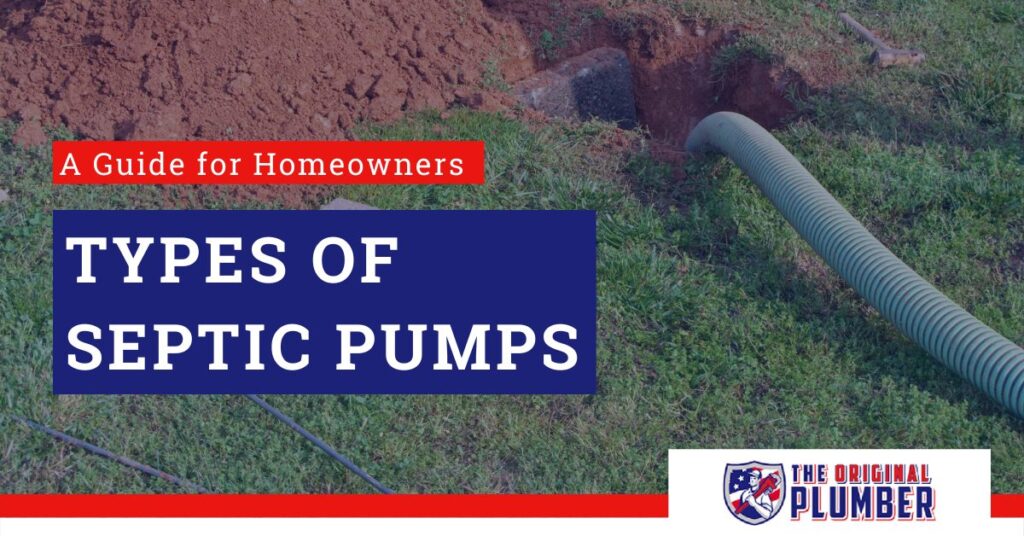
Safety Considerations
Electrical safety precautions
When working with submersible pumps, it is crucial to observe electrical safety precautions. Ensure that the power supply is disconnected before performing any maintenance or repairs on the pump. Use appropriate tools, wear insulated gloves, and follow safety guidelines to avoid the risk of electric shock.
Protective gear
When installing or performing maintenance on a submersible pump, it is important to wear appropriate protective gear. This may include goggles, gloves, and boots to protect yourself from potential hazards, such as wastewater splashes or exposure to chemicals.
Proper ventilation
When working in close proximity to a septic tank or pump, it is essential to ensure proper ventilation to prevent the accumulation of hazardous gases. Avoid working in confined spaces without adequate ventilation and make sure the area is well-ventilated during installation, maintenance, or inspection procedures.
Cost Analysis
Initial investment
The cost of a submersible pump for your septic tank will depend on factors such as pump size, type, and brand. While submersible pumps generally have higher upfront costs compared to other types of pumps, they offer greater energy efficiency and durability, resulting in long-term cost savings.
Long-term maintenance expenses
Proper maintenance of your submersible pump will help minimize long-term expenses. Regular inspections and timely repairs can prevent major breakdowns or system failures that require costly repairs or replacements. It is recommended to factor in regular maintenance expenses when considering the overall cost of a submersible pump.
Cost comparison with other pump types
When comparing the cost of submersible pumps with other types of pumps, it is important to consider the specific needs and requirements of your septic system. While submersible pumps may have a higher initial cost, they offer advantages such as energy efficiency, quieter operation, and greater reliability, which can result in long-term cost savings.
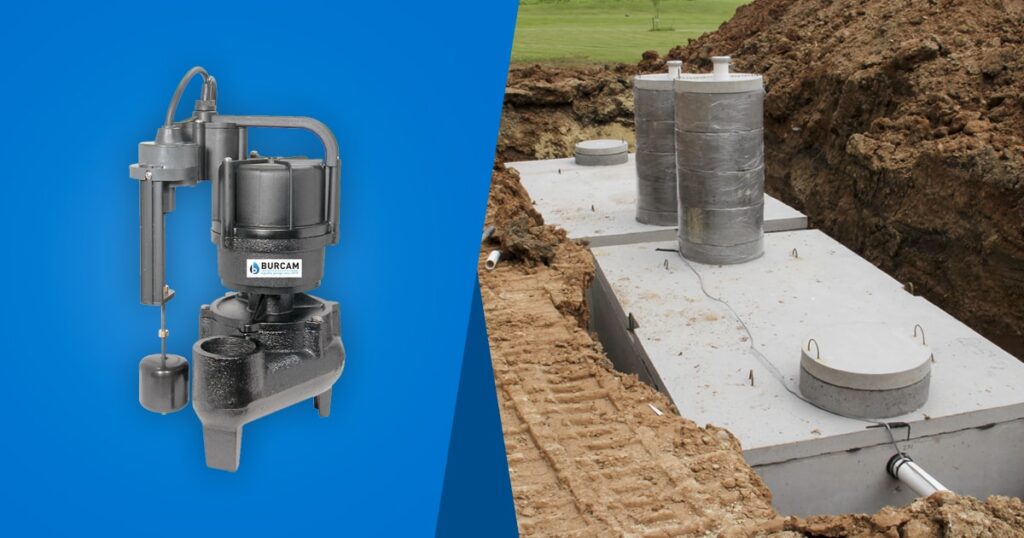
Frequently Asked Questions
How often should the pump be inspected?
It is recommended to have your submersible pump inspected annually by a professional or as per the manufacturer’s guidelines. Regular inspections can help identify any potential issues and ensure that the pump is functioning optimally.
Can a submersible pump be used for other purposes?
Submersible pumps can be used for various applications beyond septic systems, such as pumping out flooded basements, emptying swimming pools, or draining water from construction sites. However, it is essential to consider the pump’s specifications and limitations to determine its suitability for specific uses.
What is the average lifespan of a submersible pump?
The average lifespan of a submersible pump can vary depending on factors such as usage, maintenance, and quality of the pump. With proper maintenance and care, a high-quality submersible pump can last anywhere from 8 to 15 years or longer.
Conclusion
Choosing the right submersible pump for your septic tank is crucial for maintaining the efficiency and functionality of your septic system. By evaluating your septic tank’s needs, consulting professionals, researching reputable brands, and considering factors such as tank capacity, effluent level, and power requirements, you can make an informed decision. Additionally, ensuring proper installation, regular inspection, and maintenance, following safety precautions, and considering long-term cost analysis will help you maximize the lifespan of your submersible pump. Taking the time to understand and care for your submersible pump will contribute to the overall health and performance of your septic system, allowing for trouble-free wastewater disposal for years to come.
